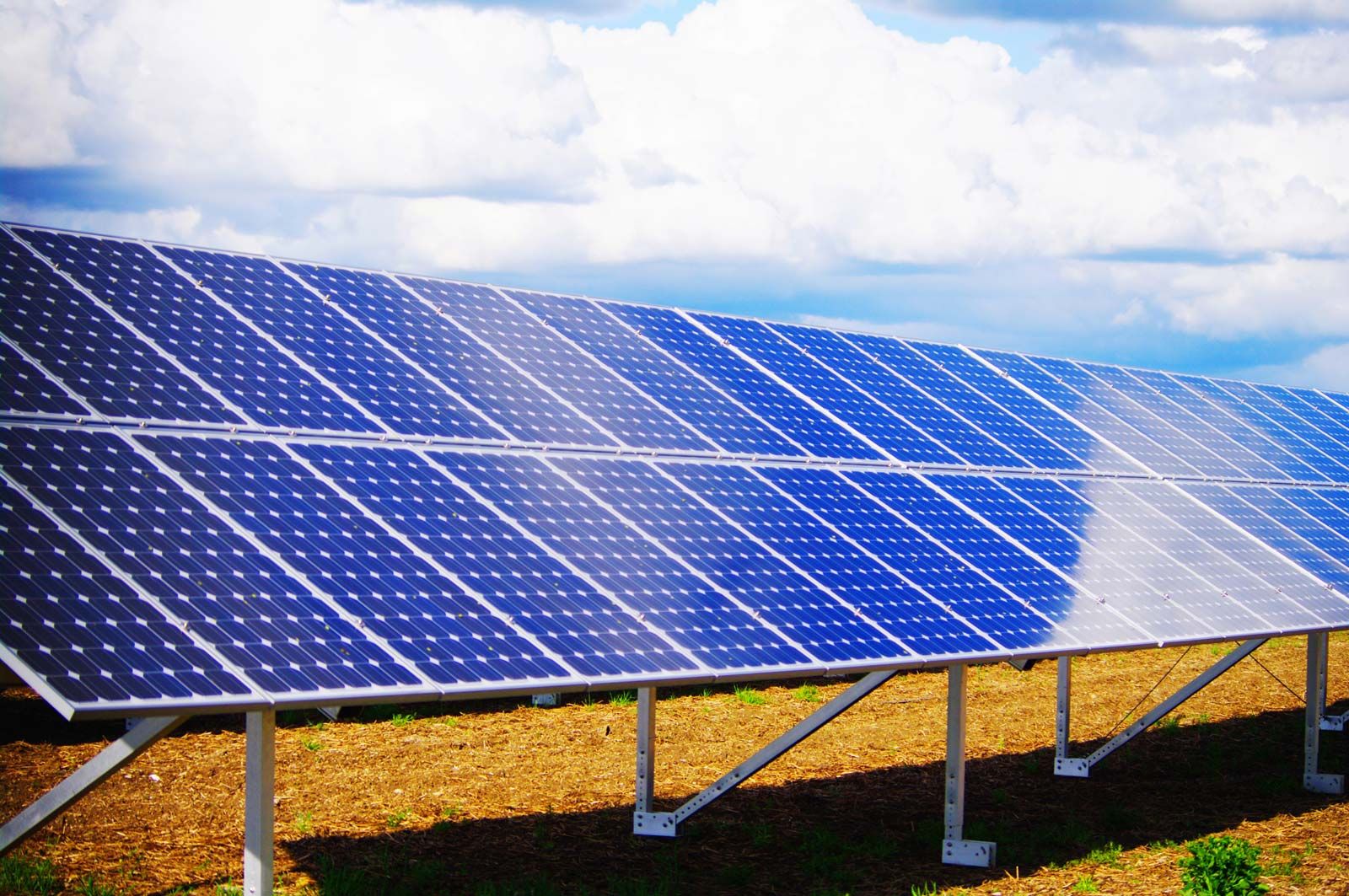The luminous sun, a celestial phenomenon radiating energy for billions of years, stands as the cornerstone of life on Earth. Its inexhaustible rays have sparked a revolution in energy production that many believe will redefine our future. Yet, the question looms: will solar energy be the only source of energy in the future? This discourse delves into the complexities surrounding this inquiry, weighing the advantages and limitations of solar energy, the role of alternative energy sources, and the synergistic potential of a diversified energy portfolio.
To conceptualize the future energy landscape, one might envision a grand tapestry woven with threads of various colors—each representing a different energy source. Solar energy, with its golden hue, undoubtedly occupies a dominant position. The allure of solar energy lies in its remarkable potential for sustainability. Harnessing the omnipresent sunlight transforms it into electricity, a process that emits negligible greenhouse gases. This method resonates with the urgent need to mitigate climate change and embrace ecological stewardship.
Nevertheless, the fundamental principle of energy generation is intricately linked to availability. Solar energy production is contingent upon sunlight; hence, geographical, seasonal, and time-of-day variations impact its efficacy. Regions with abundant sunshine, such as deserts, may flourish, while areas with prolonged overcast conditions may face substantial challenges in dependence. It is critical to address this variability through technological innovations such as energy storage systems, notably batteries, which can capture and store excess energy generated during peak sunlight hours for use during less favorable conditions.
Moreover, solar energy’s reliance on physical infrastructure—solar panels and solar farms—introduces considerations regarding land use and resource consumption. The production and installation of solar technologies entail the use of materials that may contribute to ecological degradation if not managed judiciously. This reality necessitates a holistic approach that evaluates the lifecycle impacts of solar energy systems to ensure a truly sustainable solution.
In contemplating the singularity of solar energy as a future power source, it is prudent to examine its competitors. Wind energy, akin to solar energy in its renewable essence, presents an enticing alternative. Harnessing the kinetic energy of the wind, turbines can generate electricity in a manner that exhibits fewer constraints tied to sunlight. Regions where wind patterns are favorable could serve as complementary support to the solar framework, providing a multifaceted energy solution. The synergy achieved through the integration of wind and solar energy—an innovative duet—may significantly bolster energy resilience and security.
Hydropower, too, maintains a steadfast presence in the renewable energy landscape. By exploiting the gravitational potential of flowing water, it contributes to global electricity consumption. However, it is essential to recognize that hydropower is not without its challenges, including ecological disturbances due to the alteration of watercourses and habitats. Nonetheless, innovative approaches, such as small-scale and run-of-the-river hydro systems, provide pathways to harness this energy source with a lower environmental footprint.
Moreover, exploring geothermal and biomass energy solutions reveals additional layers of complexity. Geothermal energy taps into the Earth’s internal heat, presenting a consistent and reliable energy resource, albeit geographically constrained to tectonic hotspots. Conversely, biomass energy, derived from organic materials, has the potential for diverse applications but poses challenges regarding sustainability and land usage. The debate surrounding the use of food crops for energy versus food security remains a contentious issue that demands nuanced consideration.
Examining the concept of energy diversification illuminates the reality that a robust energy landscape will likely encompass a multitude of sources, rather than a singular dependency on solar energy. The integration of various renewables—solar, wind, hydro, geothermal, and biomass—facilitates a balanced energy mix that capitalizes on the strengths and mitigates the weaknesses of each source. This multifaceted approach embraces the dynamism inherent in renewable energy distributions and reinforces the notion of energy as a resilient, secure resource.
As society continues to innovate and adapt, the role of fossil fuels cannot be disregarded. Presently, these traditional power sources account for a significant share of global energy consumption. Transitioning to a low-carbon future will necessitate a gradual phasing out of fossil fuels, guided by advancements in both renewable technologies and storage solutions. The challenge lies in navigating the transition phase, where fossil fuels may still play a vital role in providing energy stability while concurrently investing in renewable solutions for long-term sustainability.
Public policy plays an instrumental role in shaping the future of energy sources. Investments in research and development for renewable technologies are essential, aiming to improve efficiency, reduce costs, and expand accessibility. Comprehensive policy frameworks that reflect long-term climate goals and promote collaborative efforts across sectors—private enterprises, governmental bodies, and the scientific community—will facilitate the transformation towards a diversified energy ecosystem.
In conclusion, while solar energy is poised to be a formidable contender in the race for sustainable energy, the notion that it will emerge as the sole source of energy may be overly simplistic. The complexity of our energy demands requires an intricate tapestry of solutions that incorporates multiple renewable sources, balances environmental considerations, and addresses technological barriers. Thus, the radiant future of energy may not solely reside in the solar spectrum but rather in the harmonious interplay of several energy modalities, illuminating a path towards a sustainable and resilient energy future.










